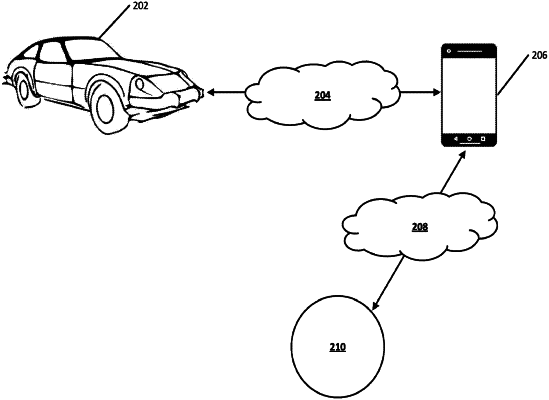| CPC G10L 15/22 (2013.01) [B60R 16/0373 (2013.01); H04M 1/6091 (2013.01); H04S 7/30 (2013.01); H04W 4/80 (2018.02); G10L 2021/02087 (2013.01)] | 15 Claims |

|
1. A method implemented by one or more processors, the method comprising:
causing an audio data stream including a sequence of frequency segments to be transmitted, via a wireless communication channel and by a computing device within a vehicle, to a vehicle computing device of the vehicle,
wherein transmitting the audio data stream causes the vehicle computing device to render audible output, including the sequence of frequency segments, via one or more vehicle speakers of the vehicle, and
wherein the audible output is generated by the vehicle computing device based on at least part of the audio data stream;
receiving captured audio data that is captured by at least one microphone of the computing device within the vehicle,
wherein the captured audio data captures the audible output rendered by the at least one vehicle speaker;
determining a vehicle audio delay based on comparing the sequence of frequency segments included in the captured audio data to the sequence of frequency segments included in the audio data stream; and
in response to determining the vehicle audio delay:
causing the computing device to adapt local noise cancellation based on the vehicle audio delay.
|